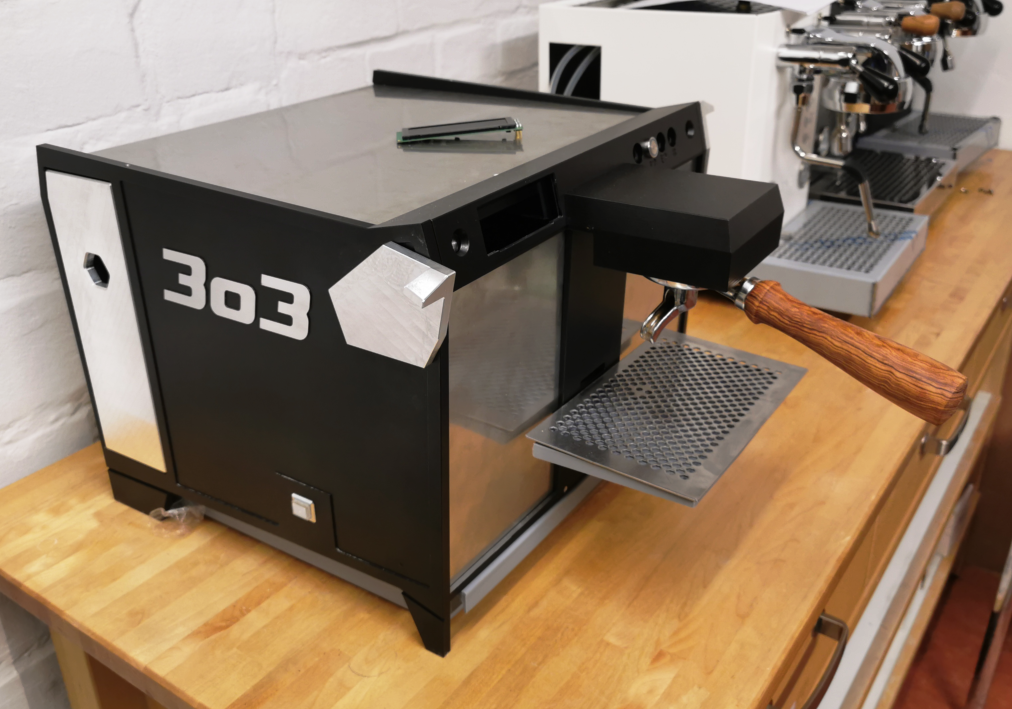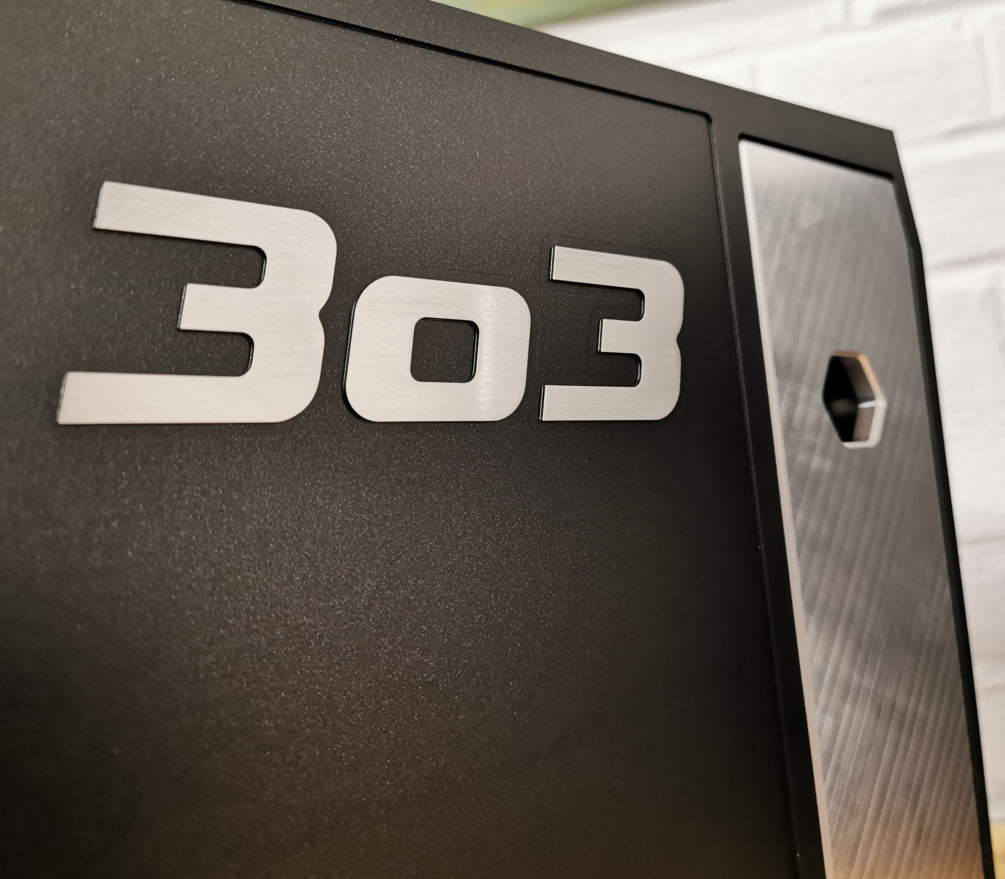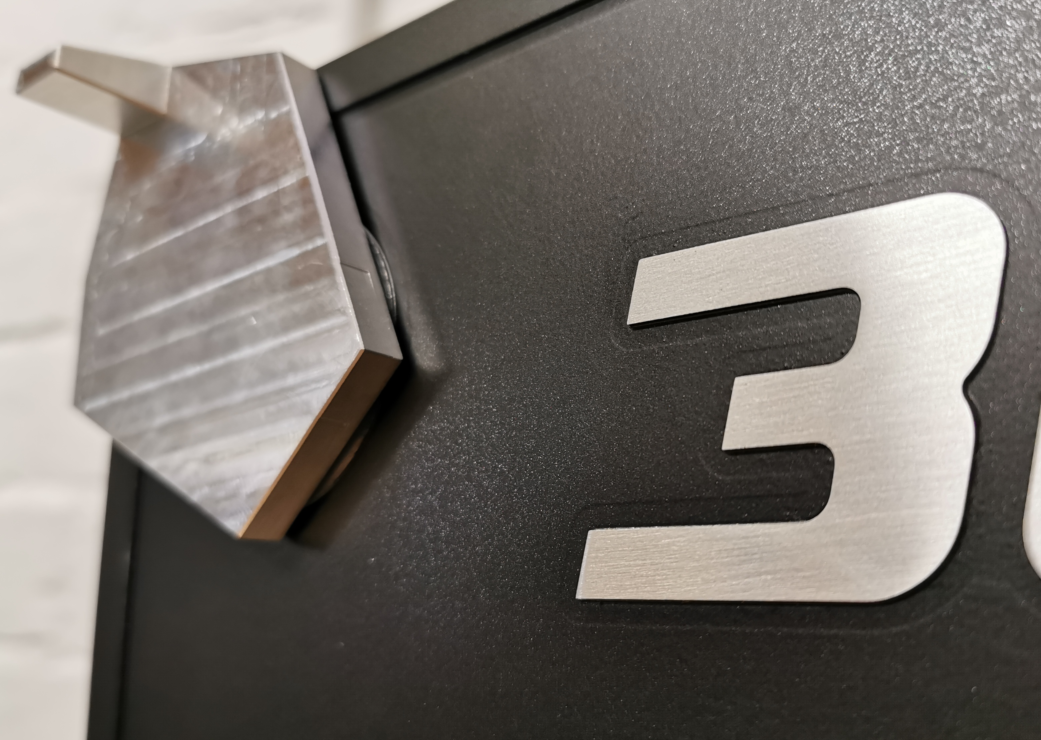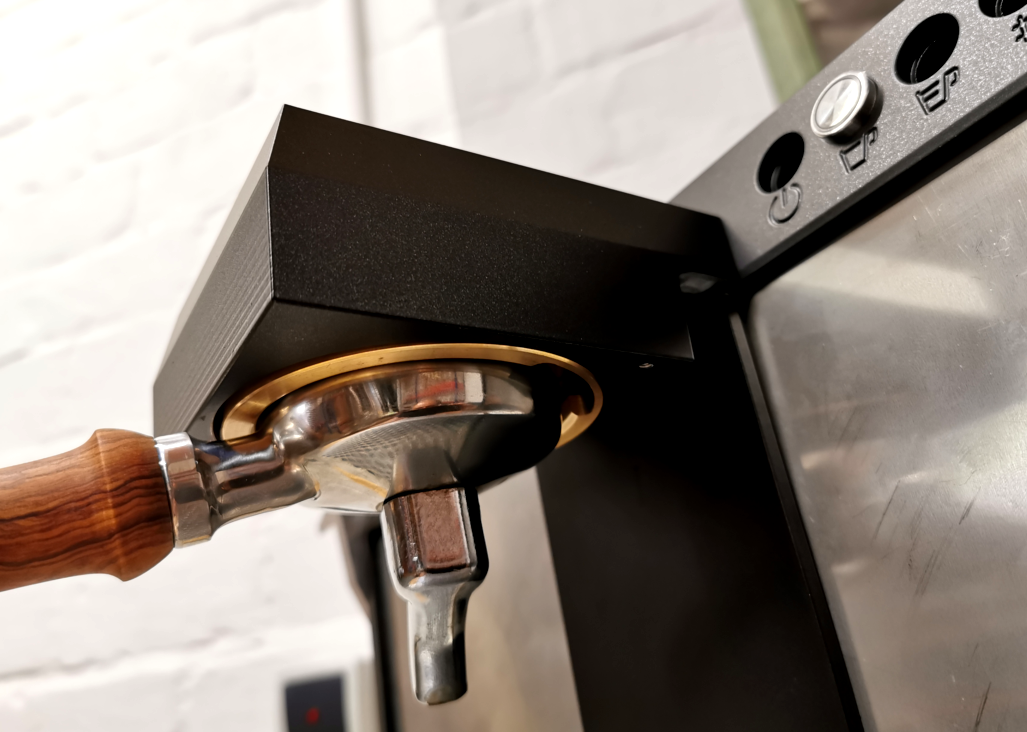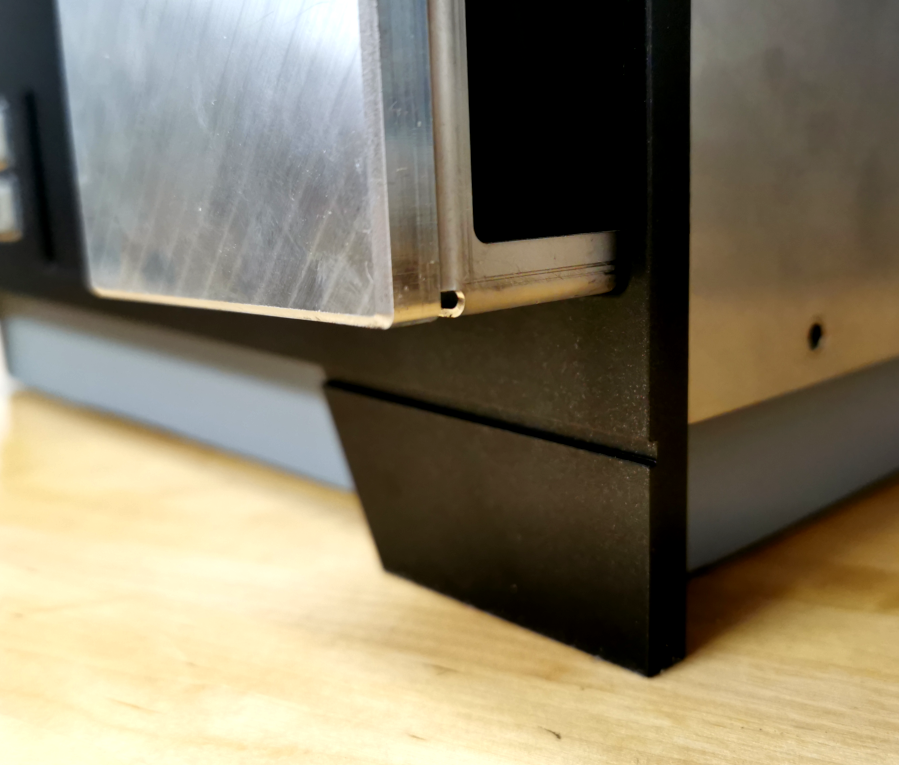
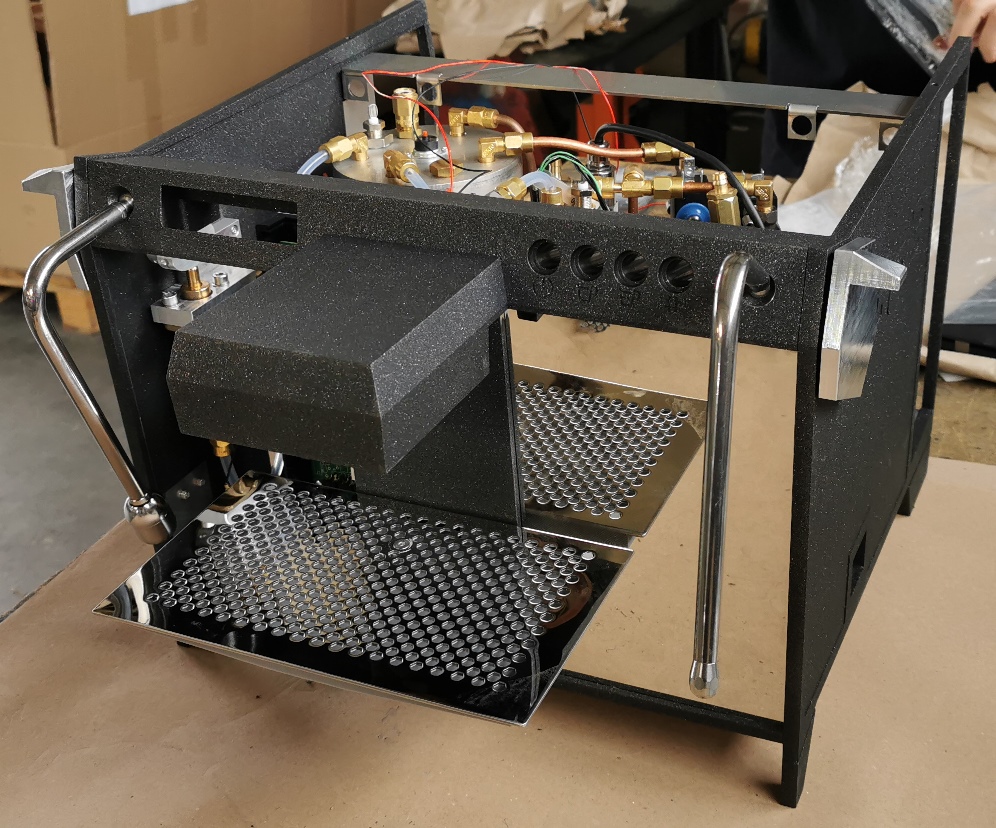
So far, energy consumption has not been an important criterion when choosing an espresso machine. However, the public perception of the topic of "energy" has been changing for some time due to the climate debate, so it made sense for us to think in this direction in the second half of 2019. In addition, over the years we have built up a stable production of the Xenia, which allows us to research the implementation of interesting and sustainable ideas. With all the possibilities and knowledge that we have acquired about the production of espresso machines, we want to set about building a machine with two boilers and an exposed brew group that is very energy-efficient in every respect.
However, energy savings alone would probably not be enough to bring a machine into production and successfully onto the market, because the costs will not be insignificant. And so it is planned that this machine will have a number of features that are associated with high-end machines these days. This includes access via WLAN and the option of individually adjusting reference parameters such as boiler pressure and temperature.
There are also some practical additional solutions that can be implemented more easily in a completely new design.
You are welcome to follow the current development status:Kaffeenetz-Thread 303 (German only)

Energy Saving
It can be assumed that with an espresso machine a lot of energy is lost via the brewing group. Exposed brewing groups are very popular with buyers, but lose even more energy than the groups of so-called balcony machines - which, however, are not widely accepted in the home for design reasons.
For this reason, we opted for an exposed brew group for this machine. However, we are also sure that even with exposed brew groups, it is possible to contain the release of heat into the environment very effectively. The construction is therefore quite different from the usual. Usually, brew groups are a solid component made of (mostly) brass. The new brew group of the 303, on the other hand, has a multi-part construction: on the outside there is a shell, underneath there is an insulating layer and on the inside there is a core: this is then the actual group and is to be made of copper. Stainless steel would be possible, but we rejected it because the comparatively low thermal conductivity of stainless steel is rather counterproductive for espresso machines.
What you see as a brew group is a type of hood that installs separately from the actual group (the core) and has an insulating layer towards the core.
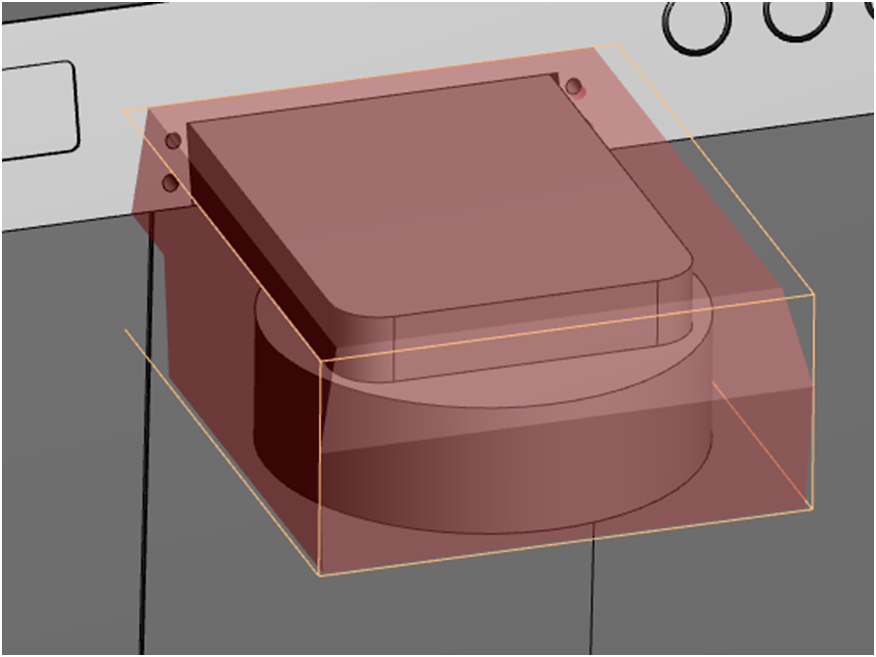
The core is screwed into the horizontal operating unit via 4 screws and brought into the correct position via spacers.
A positive side effect of this solution: the cover does not get as warm as a conventional exposed group and is also a good protection against contact for children and curious visitors.
The group is heated by 2 heating cartridges that extend almost over the entire length, and these heating cartridges must be precisely regulated by the control unit (in the manner of a PID controller with power regulator).
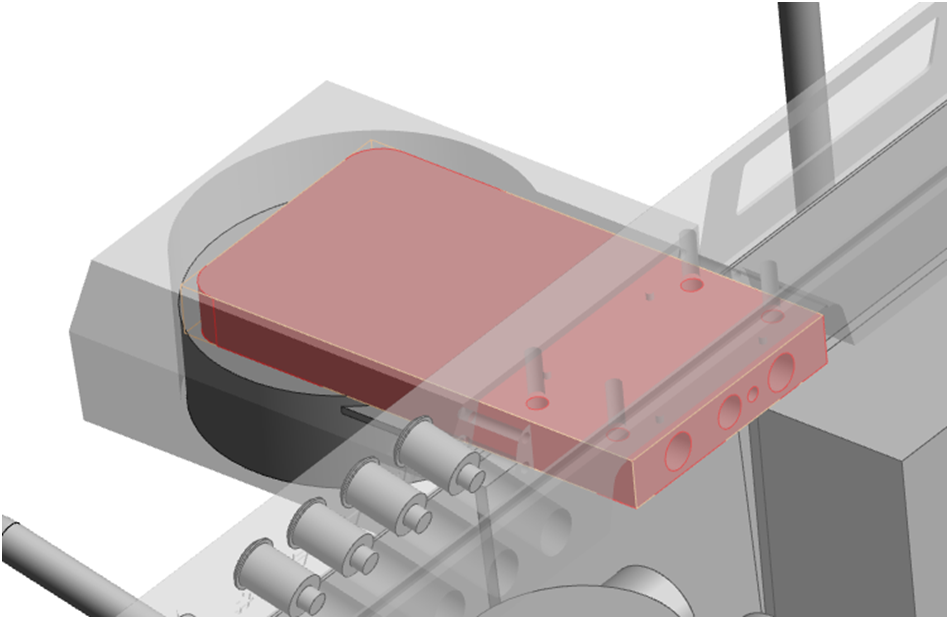
The second major source of energy loss is boilers.
Thus, in this machine, the two boilers are completely sheathed (on the sides at the top and bottom), which effectively prevents heat loss. The insulation is only interrupted in a few places for supply and discharge lines. The construction can be seen in the picture on the right.
We are currently planning a large boiler for steam and a smaller boiler for brewing. The brewing boiler is equipped with a special heating system that makes it possible to heat the incoming cold water inside the heating system before it enters the boiler. This way we increase the temperature consistency.
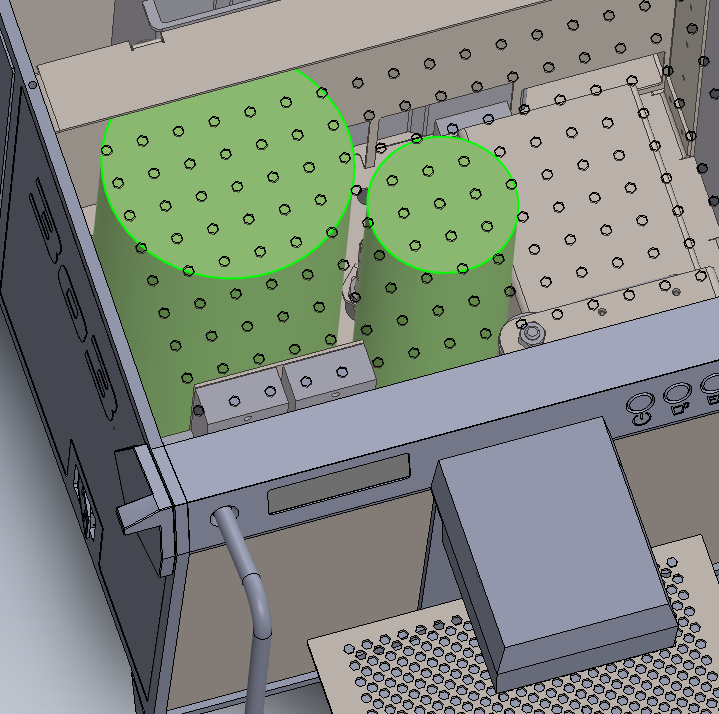
Each boiler is installed on a support that is also insulated towards the boiler to avoid thermal bridges as much as possible.
Ideally, this would be based on the principle of thermos flasks, but that would be too complicated for the application. We are talking about a so-called aerogel as a very good alternative.
This describes how the core idea of saving energy is essentially implemented—apart from details (such as insulating pipes that carry hot water).
A note on the 2 boilers: We consider the dual boiler to be overqualified for home use, but the use of 2 boilers (of different sizes) seems to make more sense under the heading of 'energy saving'. This is explained in more detail below.
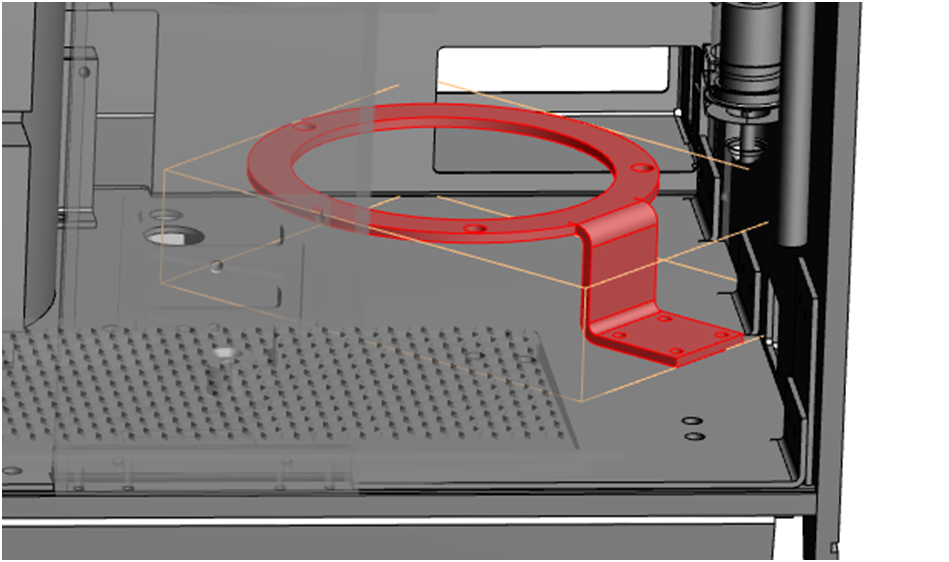
Heating Time
The heating time is always an important issue. Since the boiler and brew group are separate and controlled separately, it should once again be possible to reduce the heating time compared to the Xenia. In any case, this relatively large machine (approx. 38 cm wide, 37 cm deep and 31 cm high) must be ready for use noticeably under 10 minutes.
Besides the main switch, there are two separate on/off switches for the boilers. If you do not need steam, you can do without heating the steam boiler.
The 2nd switch can also be used to leave the brew boiler off. The idea (still to be tested) is: The control unit notices this and does not route the cold water via the brew boiler, but via a copper pipe heated from the outside, which takes over the preheating. The control unit then ensures that the group is prepared accordingly to brew a decent espresso in the fastest mode all the same.
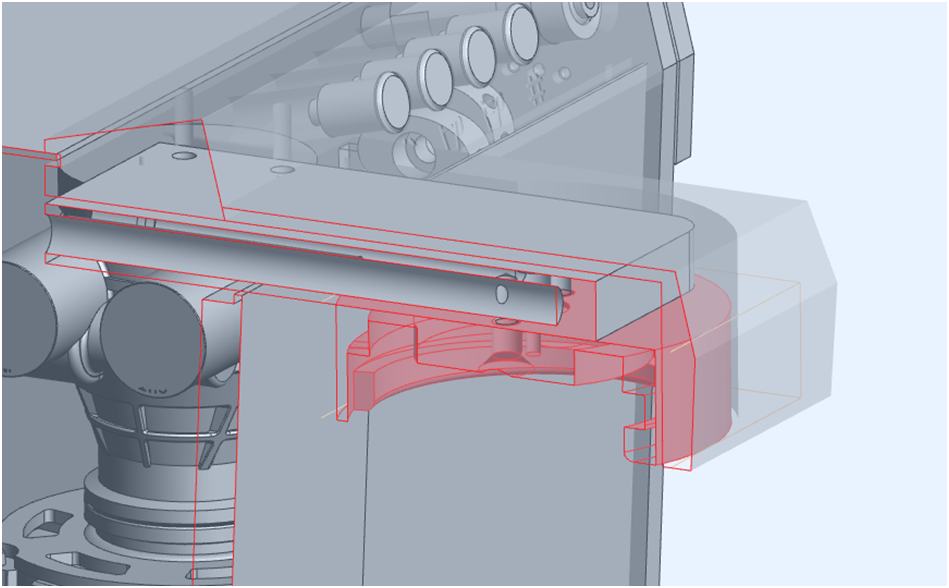
Drip Tray
Ideally, the free space under the machine should be used for the waste water by placing a larger tray there to collect the water. This leaves the space in front of the machine largely free.
However, as the waste water originates directly under the brew group, a smaller drip tray is installed at the front to drain the water into the large tray under the machine. This drip tray is pluggable so that you can practically vary the distance to the brew group depending on the cup height.
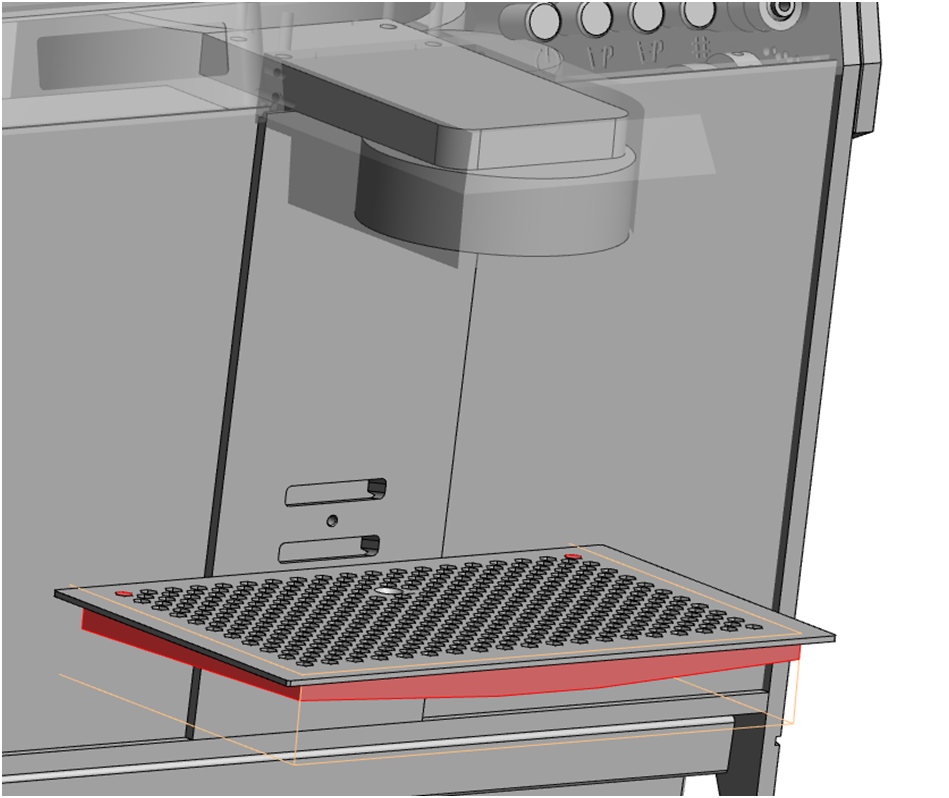
The drain is then integrated into the centre front panel and the waste water is led into the tank through a hole in the bottom. The picture on the right shows the drain inside the machine.
The water level in the tray under the machine is monitored by a sensor so that a warning is given both visually in the display and acoustically before the hidden tray overflows.
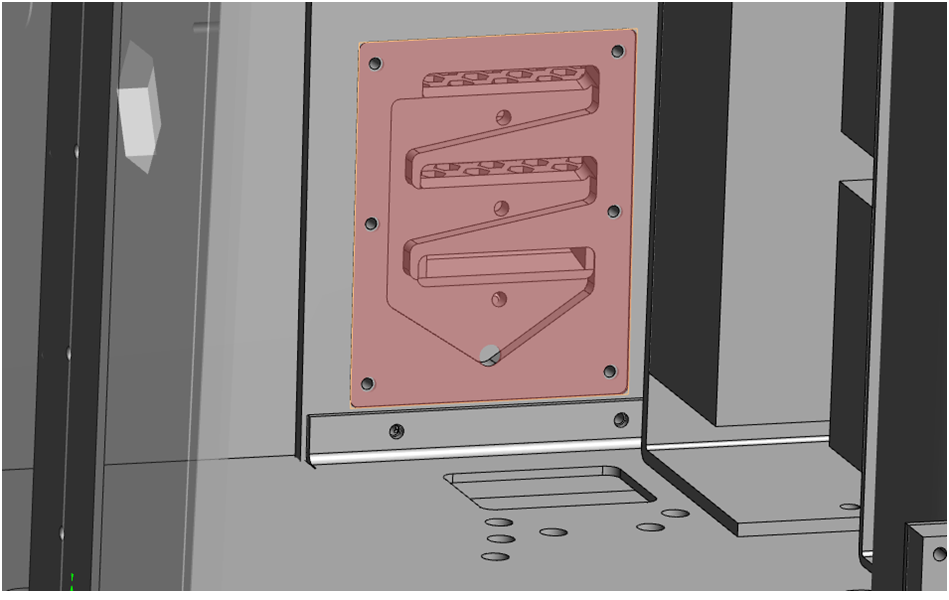
Steam and Hot Water Wand
One advantage of the two-part waste water solution is that a lot of space is left free on the right and left for drawing water and steam. Since the operation of the valve is moved to the outside, the steam and water pipes can be installed high up on the machine and have an appropriate length.
This means that large milk cans can also be used.
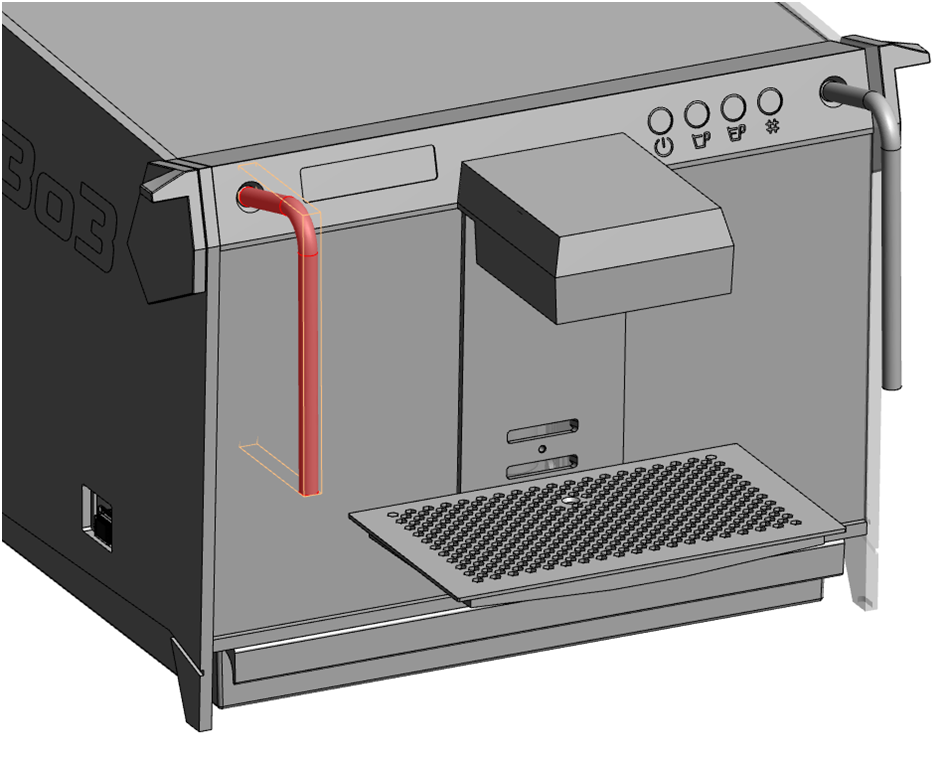
The valves themselves are accordingly relocated to the inside and are operated from the outside via a lever (with an eccentric on the inside), as explained earlier.
This solution is more complicated than installing the prefabricated valves at the front. But in return it has some advantages in operation.
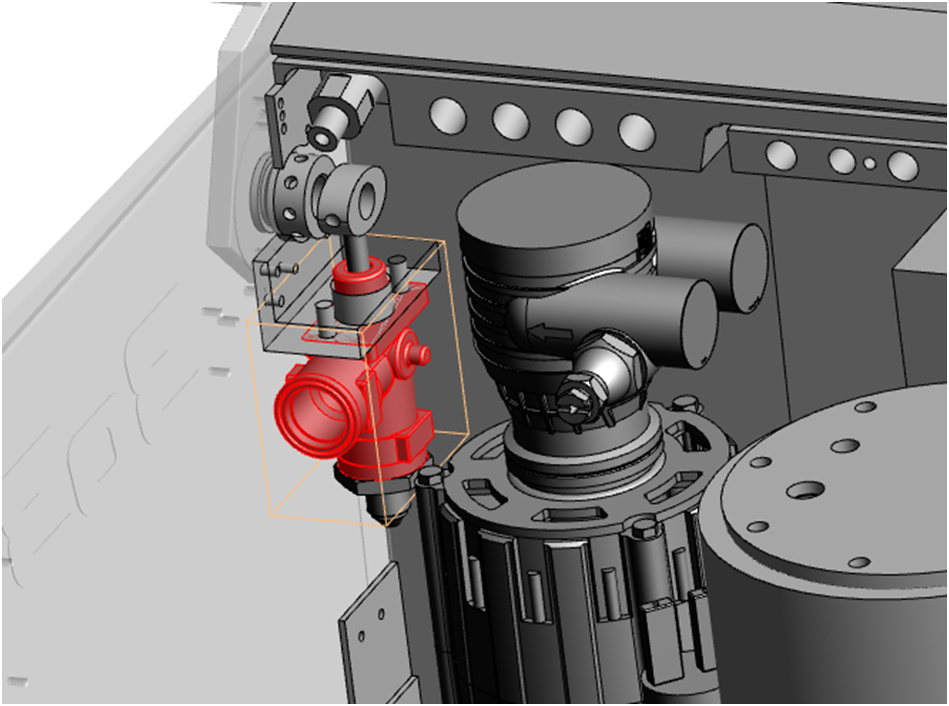
Water supply
As described above, the dripping water is drained into a collection tray under the machine.
However, if the water is to be discharged directly into the drain, the drip tray can be removed and a simple spout can be installed in the drain of the front part that allows to drain the waste water through a hose.
The machine can be connected to the domestic water supply to draw fresh water—even if you still want to use the drip tray to collect water (if the drain is too far away). For this purpose, there is a recess in the rear of the machine with a 1/8 connection.
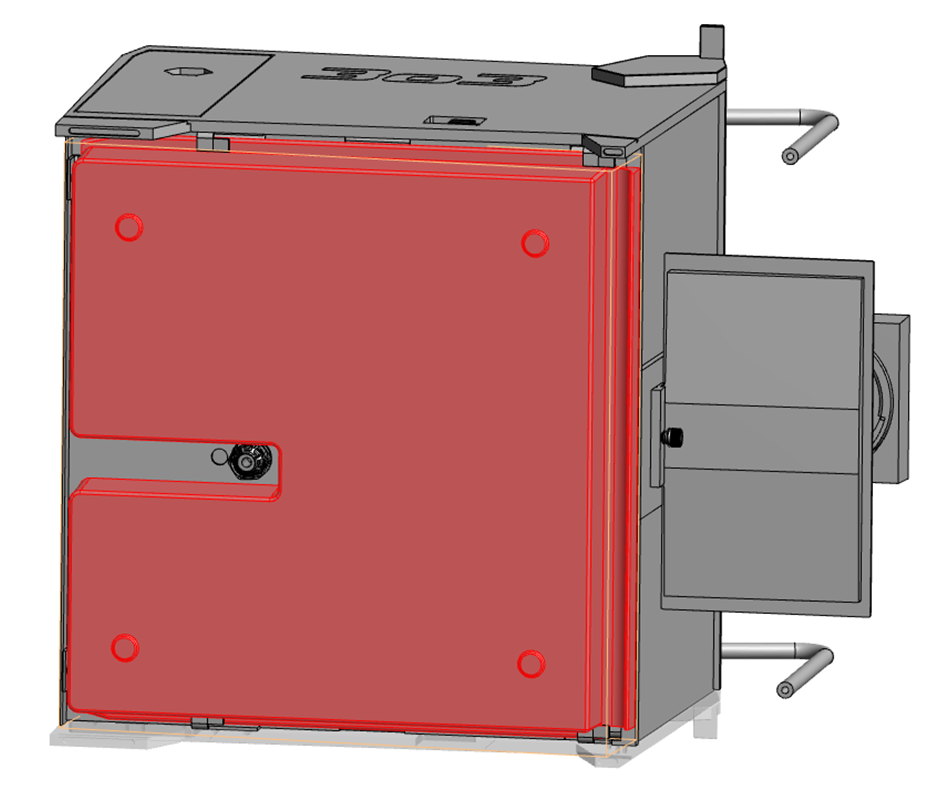
In addition, the machine has a tank slide that can be removed from both sides, which has proven very successful with the Xenia. Possibly this will also become an option again, so that machines that draw their drinking water exclusively directly from the water supply are also possible.
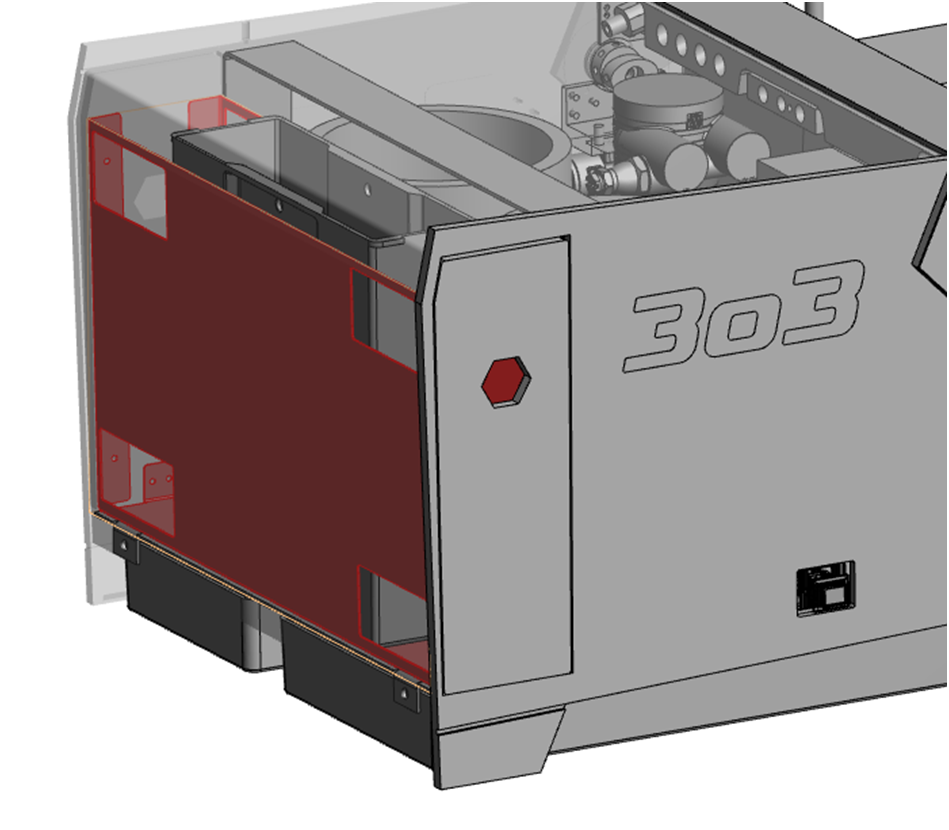
Electronics/ Control
Since the device housing offers a lot of space, a lot can be accommodated there.
The control unit is easily accessible at the front left and behind it is an L-shaped plate that can accommodate several relays or power controllers.
The control unit is that of the Xenia with a power controller for heaters and pump and WLAN chip. This means that it is open to us to incorporate many features into the machine - even subsequently in the form of updates.
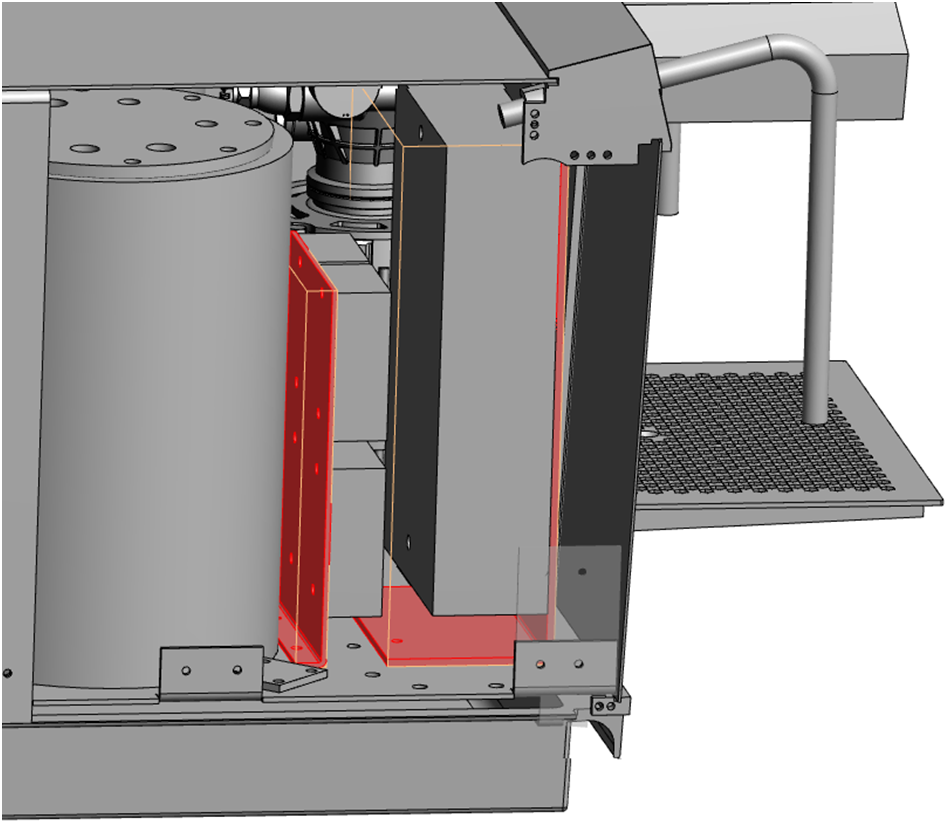
Pump
As the housing on the right also has plenty of free space, a rotary pump can be installed here.
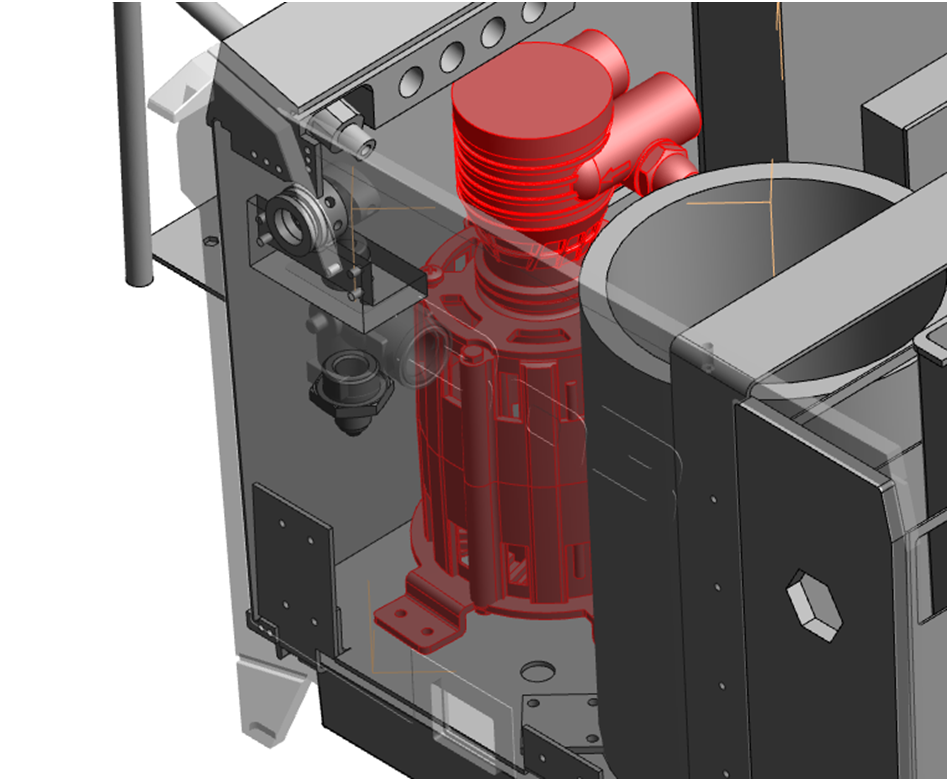
In our opinion, a vibration pump is more suitable for household use for several reasons. Since we have left a lot of space for the vibration pump, we use the space for noise reduction.
Quiet operation is very important and so we have chosen a pump that works more quietly than the usual models and has a reduced power consumption (35 watts instead of 48 watts). The pump is encapsulated and this housing stands on vibration-reducing dampers.
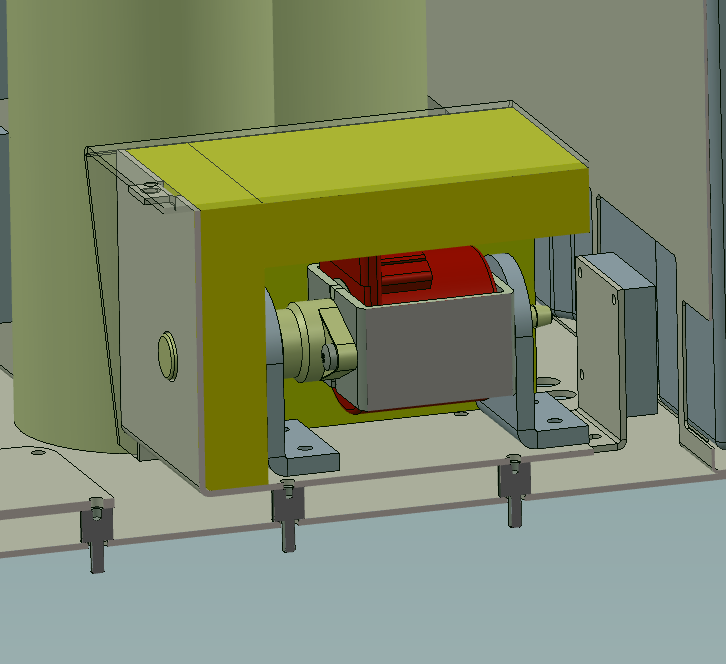
Material
The control panel, the central front part with the drainage of the waste water into the tray under the machine and the side parts will be milled from aluminium and are to be anodised. This also applies to the outer shell of the brew group, while the core—as already described above—will be made of pure copper.
The cover plate and the two plates on the left and right of the centre section are made of (mirror-finished) stainless steel. The base plate, the large bracket at the rear of the machine and the actual tank slide are made of stainless steel.
There are still a few brass parts. Otherwise we will fall back on proven materials from the Xenia (e.g. PFA).
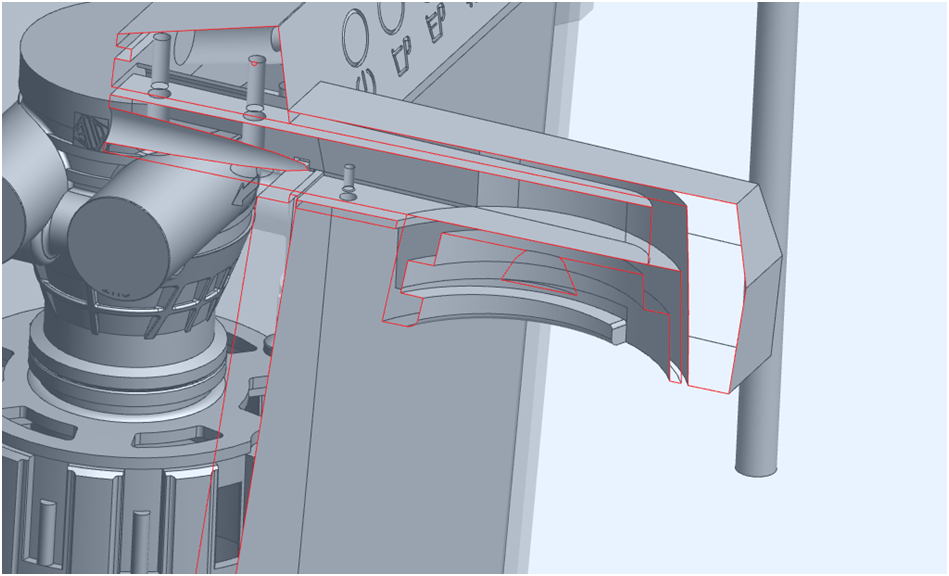
We think that the climate discussion clearly shows that it is already far too late and that the problem can probably no longer be stopped properly. It is not only too late, there are also too many interests to continue in the current style: This is so at the highest political level and goes 'down' to one's own convenience.
Nevertheless, one can try to take the challenge into account and do one's part. We all certainly don't close our eyes to the fact that an espresso machine is more of an energy destroyer. That is why we are starting this project—in a way also to explore possibilities. It is quite conceivable that this project will provide clues as to what can be done with the Xenia in this direction and what is pointless. Because the Xenia will probably remain our central product. A design that doesn't have to stick to anything existing is well suited for such an investigation because you don't have to exclude anything. Translated with www.DeepL.com/Translator (free version)
But it is also quite conceivable that this machine will anticipate the future and gradually become a more relevant product than we can imagine today.
In any case, it's a very interesting development task, because it doesn't seem worthwhile to us to think of any further adjustment screw for espresso preparation or to simply reproduce what is already known and then expect new taste dimensions to open up. In our eyes, this is not worth the time and money, and there are already enough machines for this. However, it is worthwhile to start at the point that has so far been regarded as 'that's just the way it is': Energy consumption.
Despite this special focus, the machine will be technically interesting and - just like the Xenia - will convince with good manufacturing quality. The design is certainly completely different, but also not so different that it becomes unimaginable to place the machine in a kitchen.
The machine is designed and the final prototype will be built in mid-June 2022. The first models will be produced in the near future.
In the second step, we will try to make the production of the machine and its operation climate neutral. To do this, we will determine the climate damage caused by the production of parts and could compensate for this by planting trees, for example. There are now a number of possibilities and there will certainly be more.
This topic certainly also includes the production of parts in the vicinity and the avoidance of deliveries from China or India with their long, climate-damaging transport routes and working conditions that are mostly unacceptable for us Europeans. This will not be easy, because in some cases it is no longer recognisable where things come from and some parts are apparently only produced in China.
